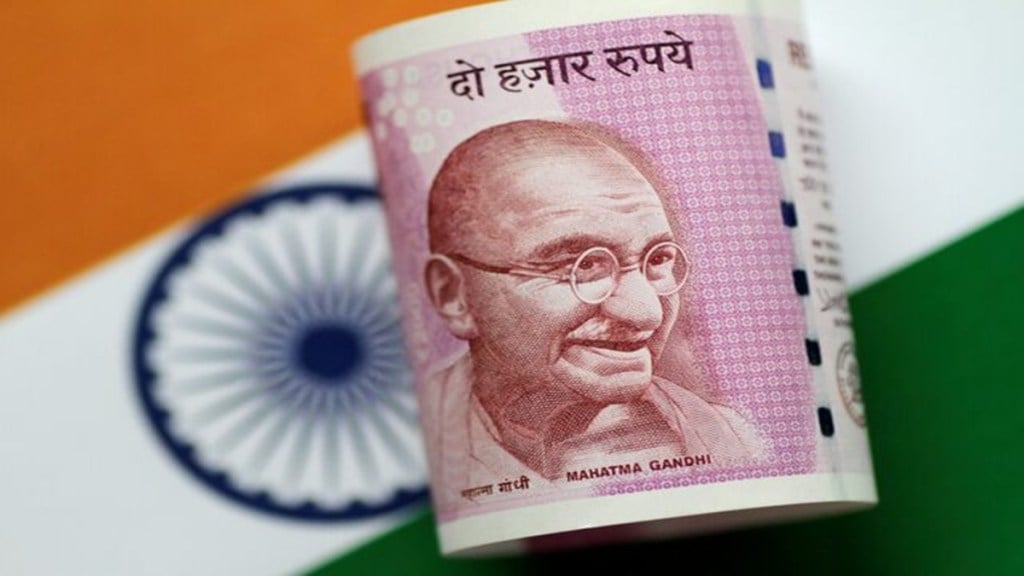The Indian Rupee is under pressure as the war between India and Pakistan intensifies. India’s strike on the terror camps in Pakistan on May 7 led to a 1.5% decline in the Indian Rupee (INR) against the US Dollar (USD).
On May 8, INR dropped by Rs 1.30 in a single day, opening at 84.76 and closing at 86.06. This is INR’s worst single-day decline in a month due to concerns over an escalating geopolitical conflict between India and Pakistan.
Historically, the Indian Rupee (INR) has weakened against the US dollar each year. Over the last year, further weakness was seen and the INR-USD exchange rate peaked at 87.62 on February 2.
But since then, the INR began to appreciate versus the dollar. INR was 84.30 the day before India’s May 7 strike on Pakistan’s terror camps. As the conflict between India and Pakistan got more intense, INR has started to weaken again. Today, it is currently at 85.55, weaker by 1.5% since the day the India made the first strike.
India is a major oil importer and the transactions are done in USD. Therefore, the INR is highly sensitive to external factors like crude oil prices, US Dollar value and capital outflows.
Another key factor influencing INR is the strength in the dollar index, a basket of top 6 currencies against which dollar is valued.
After falling under 100, the US dollar index is back above 100 as global trade sentiments improved supporting the greenback. A strength in dollar also translates into a weakness for the INR.
To curtail volatility and manage the forex market, India’s central bank RBI, intervenes when the INR is under pressure by making available dollars in the market.
India has a large foreign exchange reserves that rose by 1.98 billion dollars, reaching 688.13 billion dollars in the week ending April 25.
On Friday, reports are suggesting the RBI has likely intervened via state-run banks to support the rupee as the conflict between India and Pakistan intensified.

